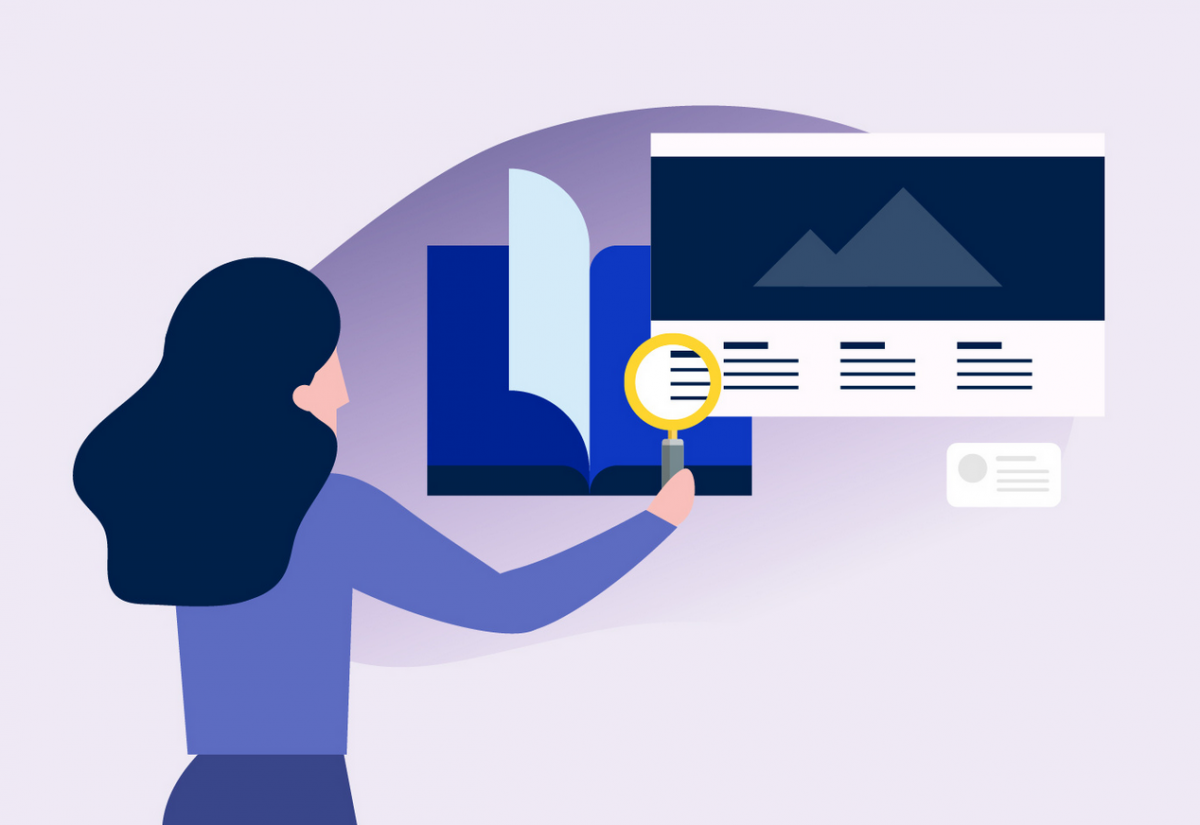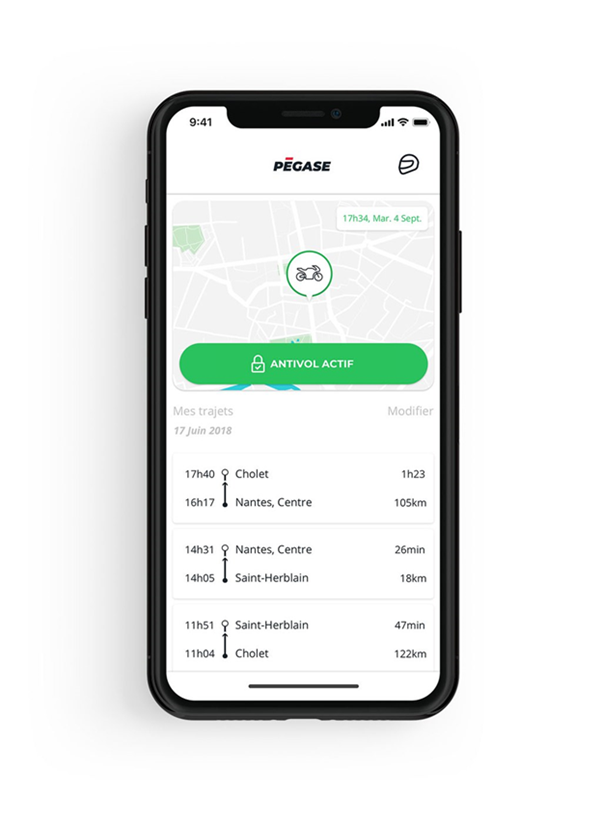Conducting usability tests requires usability testers—a group of people that matches your ideal user as closely as possible in terms of demographics and knowledge level.
Identifying those potential testers can be tough (and we’ll have some tips on how to do that coming out shortly), but even after you know who they are there’s still an additional challenge: getting them to respond.
Here are a few tips for improving your usability test request emails, getting you a better response rate and more accurate, actionable results.
1. Craft a Subject Line That Piques User Interest
You’ll never get a response if people don’t open your email, so make sure the subject line is catchy, relevant, and clearly shows that your request isn’t spam or fluff. It should also be short enough that it displays completely on mobile devices.
Something as simple as “Can We Do Better?” can be very effective, if you’re sending to a list that will recognize who you are from the “From” field. If you’re a company they’ve worked with before, that subject line is an offer—a way to add value to your users, and that explicitly seeks their input.
And that’s what usability testing is all about, right?
2. Give Before You Ask
All business communication is (or should be) about creating value. Don’t start your email body asking for people to help you with your usability testing; start by telling them what you want to do for them.
Again, this is easier if your recipients are already familiar with you and what you do, but it’s easy to make a “cold” email to a well-identified target work just fine in this regard.
Start by offering a discount or free trial to your service, a free report you have, or anything that will create value for the recipient, and then ask them to take your usability test in return. Show them you’re interested in helping them first and foremost, and they’ll want to help you in return.
3. Be Available to Users and Testers Alike
Always close with an invitation to contact you with questions or suggestions, and be there when they do.
Again, let them know that your purpose is being able to serve them better, and make sure you’re sincere about that. There’s no point in conducting usability testing if you’re not going to listen to your users, so make yourself available.
The more you want to create value for your users, and the more you make that clear in your communications, the more eager your usability testers will be to help you out.
![]() Give feedback about this article
Give feedback about this article
Were sorry to hear about that, give us a chance to improve.







